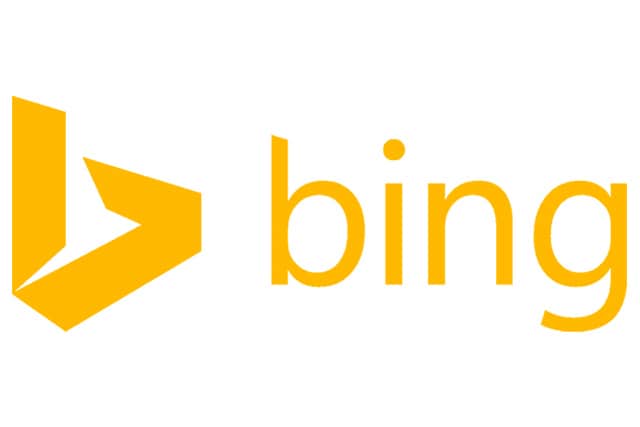In a post on the Bing Webmaster Blog Bing has dug into how exactly they deal with keyword stuffing URLs. There are a few main signals that Bing looks out for when determining whether URL keyword stuffing tactics are in-use on a site:
- Site size
- Number of hosts
- Number of words in host/ domain names and path
- Host/ domain/ path keyword co-occurrence (inc. unigrams and bigrams)
- % of the site cluster comprised of top frequency host/ domain name keywords
- Host/ domain names containing certain lexicons/ pattern combinations (e.g. [“year”, “event | product name”]
- Site/page content quality & popularity signals
So what has changed in the SEO community since Bing kicked off this method of dealing with URL keyword stuffing?
- Users: This update impacted ~3% of Bing queries (on average ~1 in 10 URLs was filtered out per impacted query.)
- SEO community: ~5M sites, comprising > 130M urls, have been impacted, resulting in upwards of 75% reduction in traffic to these sites from Bing.
- Examples of spam sites impacted:
- www.cheapviagrausa.com
- www.cheapviagrapharma.com
- www.buyviagracheapviagraergr.com
- www.gmailloginsigninup.com
